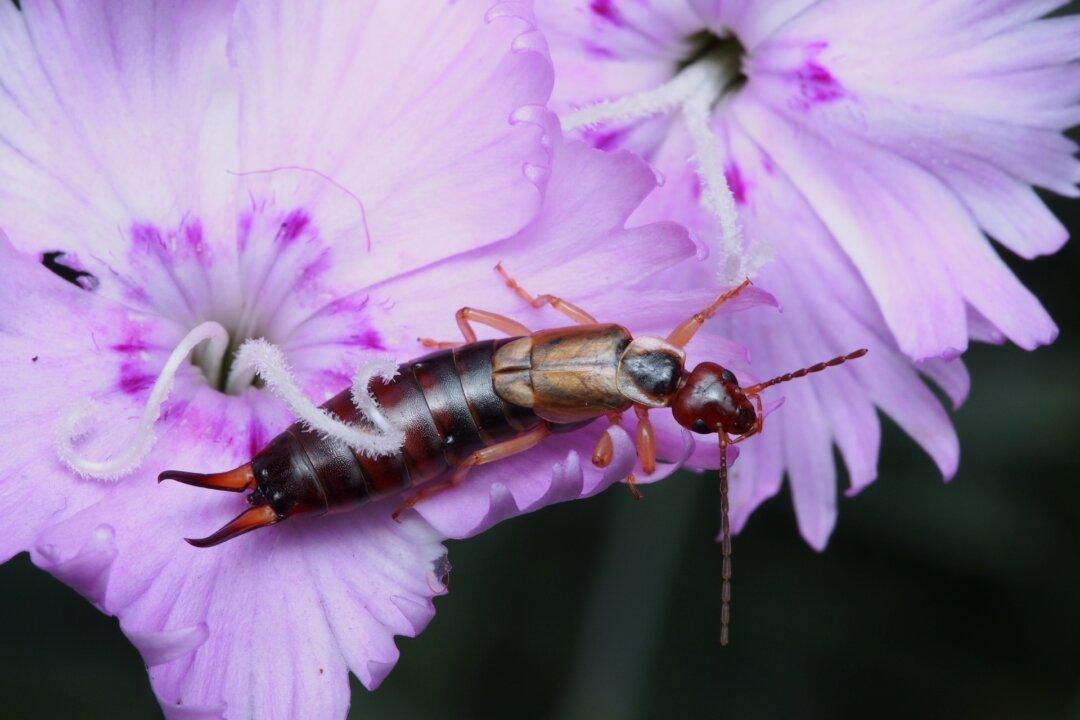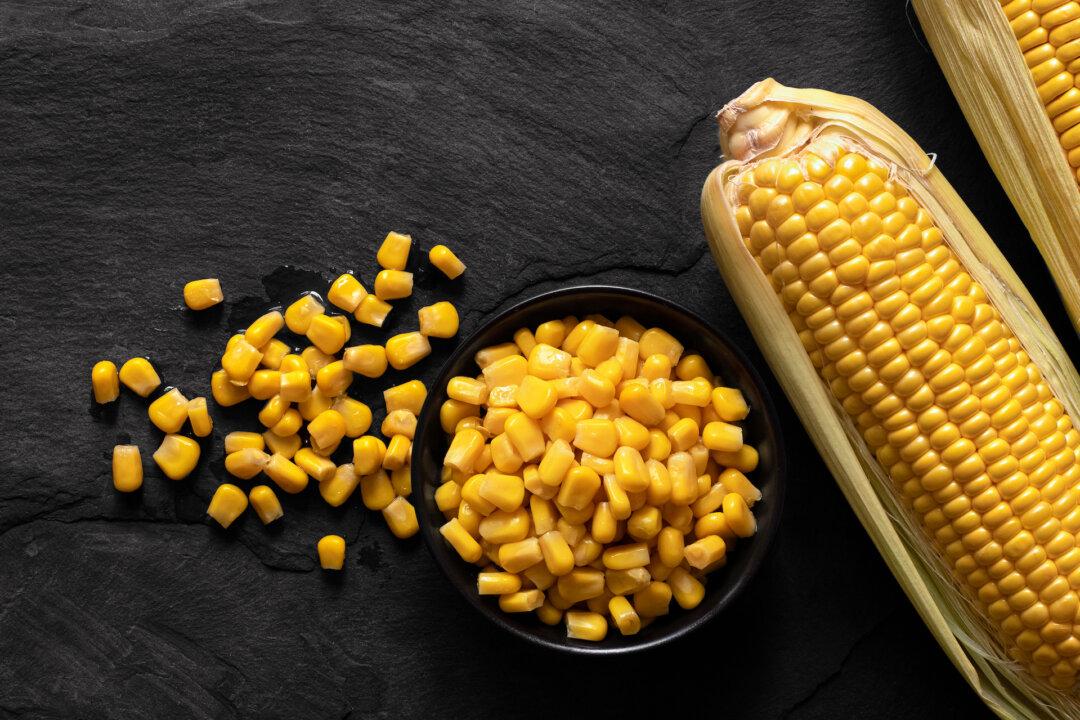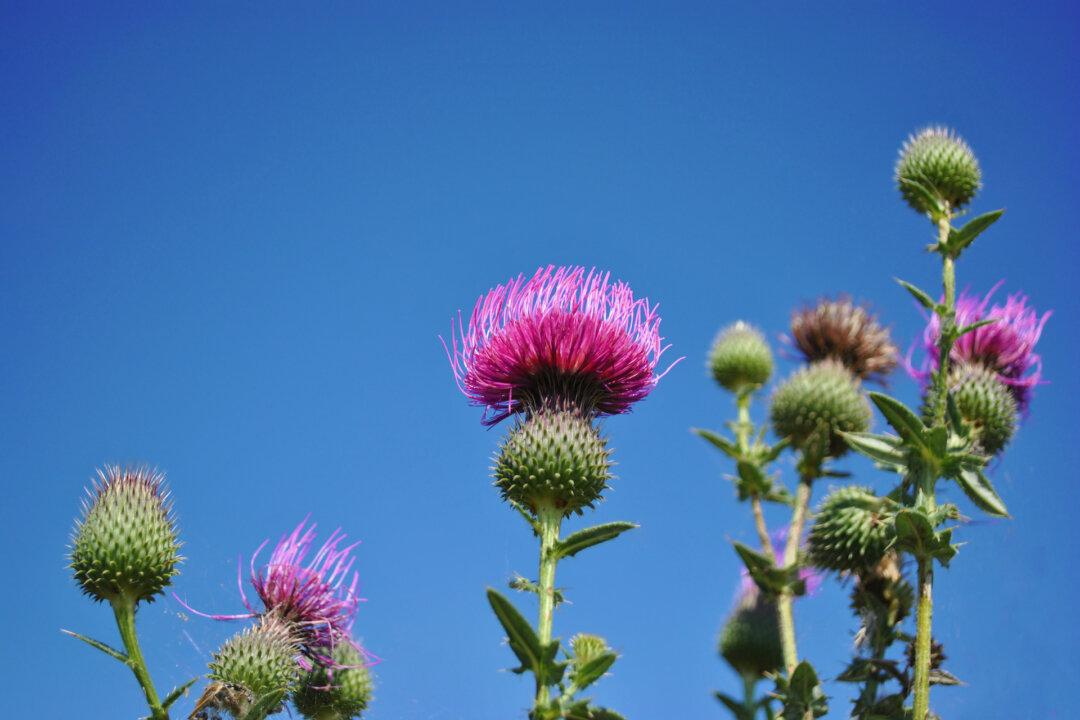Q: When I was younger, we had a purple clematis that bloomed in May while I was still in school. The other day, I saw a clematis that was in full bloom at the end of June. It was pretty so I looked into clematis, and there are so many different groups and pruning methods that I am really confused. How can I get a spring and a summer blooming clematis?
A: Clematis vines have been called the queen of the vines, but there are some species of clematis that are perennials and some that are shrubs. There are between 300 and 400 species depending on who you read, and there are probably over 1,000 varieties and crosses. The genus can be divided into many categories, such as large flowers versus small flowers, evergreen or deciduous, vine versus shrub, spring flowering or fall flowering or both, and so on. The most important categories gardeners need to know are flowering time and pruning time.
Vines and shrubs that bloom in the spring are blooming on stems that are at least one year old and are called old wood. If they bloom later in the summer or fall, they are blooming on branches that are brand new this year which are called new wood.
Spring blooming clematis usually only need to have cleanup pruning. The first part of any pruning is removing the three Ds of damaged, diseased and dead wood. Remove any crossing or interfering branches that twist around other branches. Finally, prune for the shape of where you want the branches to go. Always cut off branches at a side branch or at a bud, not in the middle of the stem. These clematis can be pruned heavily after they bloom in the spring, because they are not going to bloom again this year. All of the new growth this year will become next year’s old wood that will produce flowers.
Summer blooming clematis such as the one that just started blooming could be blooming on old wood or new wood grown this year. It may continue blooming until fall on the new wood. It would need a light pruning in the dormant season.
Fall blooming clematis bloom only on new wood. They can be left alone, or they can be pruned down to 1 to 2 feet tall in the dormant season to promote a lot of new wood for fall flowers.
To make things a little more complicated, some clematis vines bloom in the spring on old wood and then again in the summer or fall on new wood. These repeat bloomers are becoming more popular, but they are harder to prune. Light pruning after the spring flowering will promote new growth that may bloom later in the summer. Plants that are drastically pruned in the spring may not bloom later in the fall. Any dormant pruning will cut off old wood thus reducing the spring flowering.
What you are looking for are clematis vines that are in pruning group 1 for spring bloomers and pruning group 2 for spring-summer bloomers. Pruning group 3 is for fall bloomers. Many places that sell clematis vines will list the pruning group in the description for the plant. If you know the blooming time, you can figure out the pruning group.
Here are a few other clematis growing tips: Pick a good location, since they can live for many decades. They like lots of sun for the top of the plant, but the roots need to have plenty of mulch, since they like to remain cool and damp. Don’t plant them where they will be hot all day; some shade is very beneficial to many varieties. Also, avoid waterlogged locations or areas that periodically stay very wet.
Many people think that clematis vines need to climb on a fence railing or a mailbox post, and while those are good locations, these vines are much more versatile. They can be used on a trellis for quick summer shade, wrapped around a tree trunk or gently directed to stay on the ground as a ground cover.








